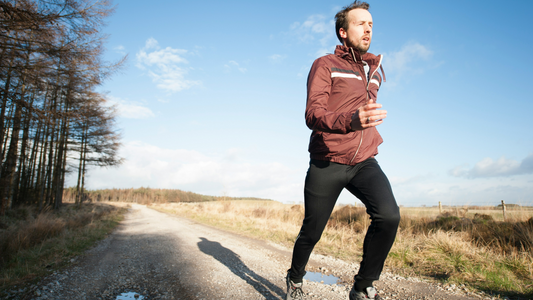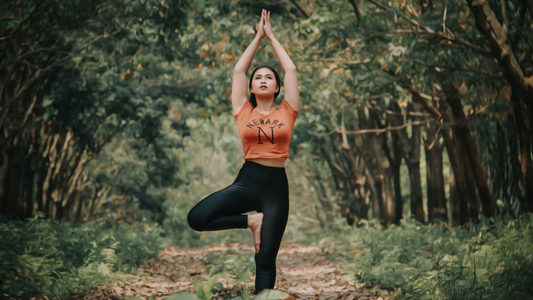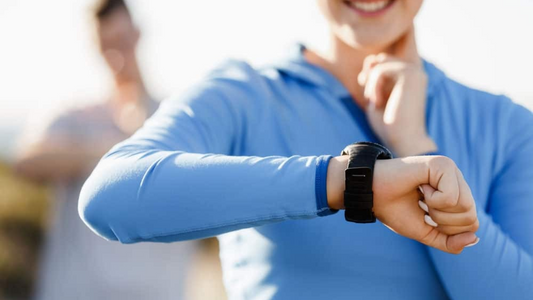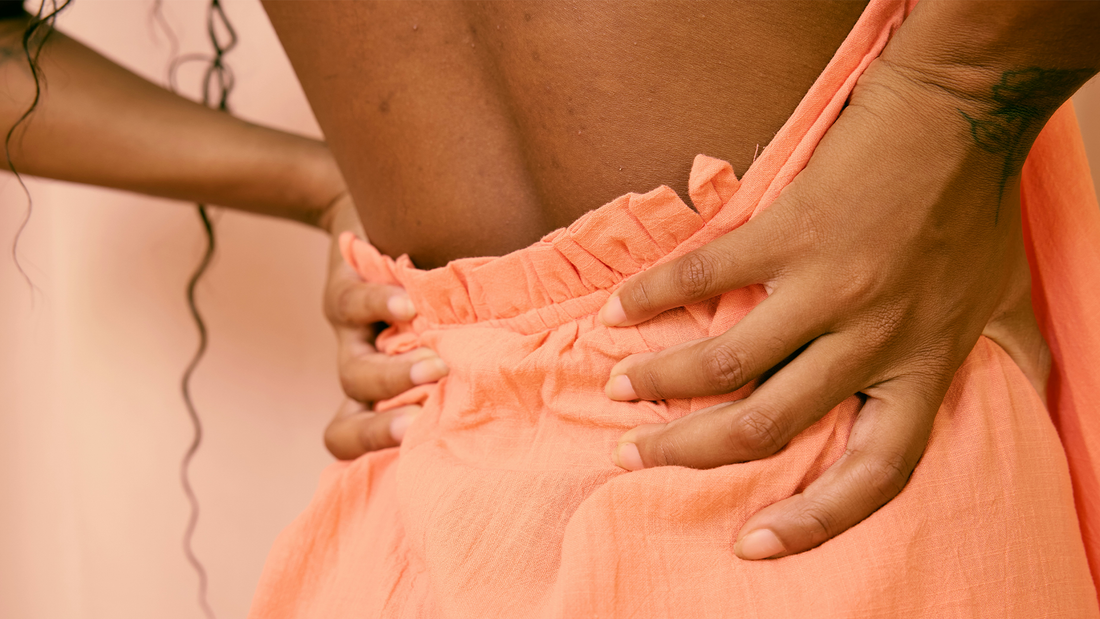
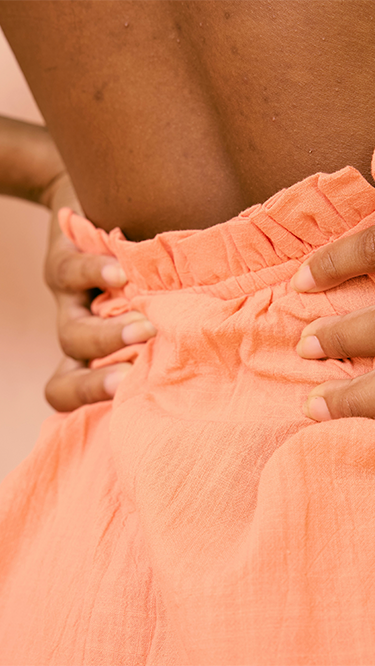
What Are the Best Exercises to Help You Overcome Lower Back Pain?
Nothing is worse than lower back pain. This kind of pain can put you on the couch for days, if not weeks, making it hard to do everyday activities let alone continue with your training regimen. The pain is bad because it feels like we use our lower back for everything whether we are supposed to or not.
What causes lower back pain?
Many different things can cause lower back pain, but it is usually caused by a muscle strain. Often muscle strains in the lower back are a result of using the muscles of the back rather than the gluteal or abdominal muscles. When we are weak in the glutes and abdominal muscles, we compensate for that weakness in the back, thus leading to strain.
A muscle strain in the lower back can feel like a sharp, shooting pain and a dull ache. You might feel stiff and it will likely be uncomfortable to sit upright or difficult to move.
If you are already suffering from intense lower back pain, your main directive should be rest. A heating pad and over-the-counter anti-inflammatory medications like Advil and Aleve may also be useful to alleviate any pain.
Prevent lower back pain with exercise
The first step of overcoming lower back pain is prevention. When doing exercises to overcome lower back pain, you want to make sure your form is perfect. Doing an exercise without perfect form could make what you’re experiencing even worse. Utilizing the right muscles in your exercises is key.
We recommended a mix of strengthening and stretching exercises to build up strength around your lower back, while also increasing flexibility and mobility in your lower back. Mixing these two types of activities together will give you the best exercise routine to overcome lower back pain.
Stretching Your Lower Back
If you currently have lower back pain, you will want to start with stretching, rather than strengthening. Stretching will loosen your tight lower back muscles and help you ease back into everyday movements and activities.
It’s important to take it slow and be gentle with your movements during these stretches. Doing something too fast or with a quick movement could be a recipe for more pain. Know that it’s okay if you don’t have your full range of motion. In fact, that’s to be expected if you are experiencing lower back pain.
If you feel it would be beneficial, you can do these stretches up to two times per day.
Cat-Cow
The cat-cow stretch is a yoga classic and great for back mobility.
To do this exercise, start on all fours with your hands in alignment with your shoulders and your knees in alignment with your hips. Turn into a cow by pressing into your hands, arching your back, dropping your belly, and opening through the chest. Then, smoothly shift into “cat” by pushing your hands and knees “away” from the floor and rounding your back.
You can repeat this sequence for a couple of minutes.
Knees-to-chest
Knees-to-chest is another yoga classic and it’s perfect for lower back pain.
First, lay on your back. Then, activate your abdominal muscles to pull both of your knees to your chest. Wrap your arms around your knees. This might be enough of a stretch for you, but if you want more relief, try rocking back and forth to massage your lower back on the ground.
Seated hamstring stretch
Stretching the hamstrings may not seem like the right thing for a tight lower back, but the muscles are connected. Often a tight lower back and tight hamstrings go hand-in-hand. Stretching and lengthening your hamstrings can provide some much needed lower back relief.
Start seated with one leg straight out and your opposite foot folded in so you are in a half-butterfly pose. Then, align your torso with your straightened leg and reach forward as far as you can. Hold this for 15 seconds and then relax. Repeat three times on each side.
Strengthening Your Lower Back
Once you’re stretched out and ready for some more movement, you can work on strengthening your lower back to prevent further lower back injury.
These strength exercises focus on your gluteal and abdominal muscles, which are the muscle groups the back often compensates for. Working on gluteal and abdominal exercises can make a huge difference in your overall mobility.
When doing these exercises make sure you are activating the right muscles. Be sure that you are using either your glutes or your abs, not your back!
We recommend working these exercises into your daily routine. Even ten minutes of strength work per day can make a huge difference.
Glute Bridges
Glute bridges are a quintessential exercise — and often a culprit in using the back, not the glutes.
To start, lay on your back with your feet flat on the ground and your arms with palms down at your side. Then, squeeze your glutes and press your hits toward the sky. Hold this for five seconds and then lower with control.
If you have trouble with this, try “activating” your abs before starting by flattening your lower back on the ground.
Repeat three sets of ten.
Dead Bugs
Dead bugs are a great abdominal exercise because they work exactly what needs to be done to achieve better strength.
Lie flat on your bag with your arms straightened behind your head and legs straight out in front of you. Lift and bend your left knee while raising your right hand. Lower with control and then switch sides. Repeat this for three sets of ten.
Supermans
Supermans can build much-needed back strength while also stretching, making this a two-for-one exercise.
Lie on your stomach with your legs straight and arms outstretched in front of you. Then, activate your core, lift your legs, and lift your arms. It should feel like you are balancing on your pelvis.
Hold the pose for 3-5 seconds before lowering with control. Repeat for three sets of ten.
Get Your Fitness Back on Track with ZOZOFIT
Once you’re feeling better and are back to working out regularly, be sure to use the ZOZOFIT app to help you track how your workouts are impacting the shape of your body. Our cutting edge technology will scan you in less than two minutes from your smartphone, and you can even calculate your body fat percentage, set goals, and even assess your booty with ZOZOFIT.

![zf-w-[168px] zf-h-[40px]](http://zozofit.com/cdn/shop/t/15/assets/logo-desktop.png?v=117713855448369080381753069598)
